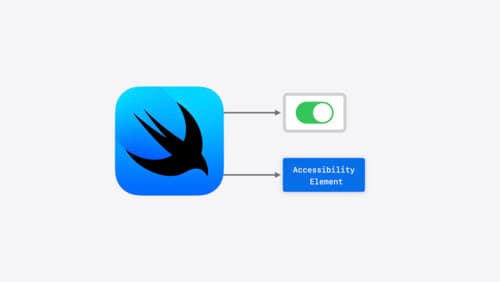UILabel basics
Asked on 2024-09-13
1 search
It seems like you're interested in UILabel basics. While the context provided doesn't directly address UILabel basics, it does touch on related topics such as dynamic type and accessibility in SwiftUI, which can be relevant when working with UILabels in UIKit.
For UILabels, especially in the context of dynamic type, you can set the adjustsFontForContentSizeCategory property to true to ensure that the label automatically updates its font when the system text size changes. This is discussed in the session Get started with Dynamic Type (04:02).
Additionally, when working with UILabels, it's important to consider accessibility. The session Catch up on accessibility in SwiftUI (10:09) discusses how to use accessibility labels, which can be applied similarly in UIKit to ensure that your app is accessible to all users.
If you have more specific questions about UILabels or need further details, feel free to ask!

Build multilingual-ready apps
Ensure your app works properly and effectively for multilingual users. Learn best practices for text input, display, search, and formatting. Get details on typing in multiple languages without switching between keyboards. And find out how the latest advances in the String Catalog can make localization even easier.

Catch up on accessibility in SwiftUI
SwiftUI makes it easy to build amazing experiences that are accessible to everyone. We’ll discover how assistive technologies understand and navigate your app through the rich accessibility elements provided by SwiftUI. We’ll also discuss how you can further customize these experiences by providing more information about your app’s content and interactions by using accessibility modifiers.

Migrate your TVML app to SwiftUI
SwiftUI helps you build great apps on all Apple platforms and is the preferred toolkit for bringing your content into the living room with tvOS 18. Learn how to use SwiftUI to create familiar layouts and controls from TVMLKit, and get tips and best practices.
